10 Rare Languages Still Spoken Today
CLEAR WORDS
TRANSLATIONS
All News
1月 30, 2019 |
10 Rare Languages Still Spoken Today
According to Ethnologue, there are 7,097 living languages worldwide, but the list is permanently changing, with rare languages disappearing too often. Every two weeks, a language dies, and one-third of these languages have less than 1,000 native speakers. Some of them even have less than 10!
Most living languages (almost 6,000) are considered to be endangered or vulnerable, due to a small number of speakers, insufficient materials for language education, or the fact that younger generations refuse to speak them.
Let’s take a look at 10 of these thousands of rare languages and where they’re mainly spoken.
1. Udi
Udi is one of the oldest North-Caucasian languages, also believed to have been used in ancient Caucasian Albania. This rare language survives in three Udi villages, two in Azerbaijan and one in Georgia.
Udi has around 6,000 speakers, with almost half of the children of this population studying it. The young learn Udi in primary schools, in an attempt to preserve the language for future generations.
2. Kendem
Kendem (or Bokwa-Kendem) has around 1,000 native speakers living in three villages in Cameroon, Kendem, Kekpoti, and Bokwa. It belongs to a family of three related rare languages, called Mamfe or Nyang.
Kendem speakers use their native tongue at home, with friends, and in the fields. A study from 2004 revealed that the language is also used for traditional religious ceremonies and local council meetings.
Most Kendem villagers also speak Pidgin, a language they mostly use when non-Kendem speakers are present. Kendem isn’t a language of instruction in the three villages, as there are no teachers available.
3. Ishkashimi
Ishkashimi is an Iranian language, spoken by around 2,000 native speakers living in small regions in Afghanistan, Tajikistan, and Pakistan. Most of its speakers also speak Dari, one of Afghanistan’s official languages.
Ishkashimi is very similar to Sanglechi (another mother tongue from the region), and many linguists consider the two languages one and the same, even calling it Ishkashimi-Sanglechi.
This is a spoken language only, with no published written material available, except for some stories and poems that Sanglechi people have written.
4. Pirahã
Pirahã is a language like no another, being the only survivor dialect of the Mura language, one of the indigenous tongues in Brazil. It is one of the most fascinating of the rare languages, spoken by a few hundred people living in an isolated tribe.
Among the language elements that make Pirahã unique, linguists have noticed the absence of words for specific quantities (they use equivalents for “a few” or “more”), as well as missing fixed words to describe colors.
However, the controversy lies in the theory of whether the Pirahã language lacks recursion–a characteristic that all other languages have, which refers to the possibility of creating phrases by putting sentences together.
5. Uw’aka (Tunebo)
Tunebo is a Chibchan language spoken in Colombia and Venezuela by the U’wa people (around 5,000 speakers). The natives call the language Uw’aka, which means “people’s soul.”
Tunebo has written grammar and a dictionary, which isn’t very common in rare languages. It also has four distinct dialects still spoken, Cobaría, Tegría, Agua Blanca, and Barro Negro.
6. Koro
Koro is a “hidden language” not documented until 2008, being one of the most recent rare languages on the list. It’s the mother tongue of around 800-1,000 people from a remote Indian tribe living in the Arunachal Pradesh state.
Koro shares some lexical and grammatical similarities with other rare languages spoken in the region, but it is listed as a distinct language because it has a completely different inventory of sounds, as well as separate words and structure.
According to linguists, the Koro language is in danger of extinction, as the number of young people speaking it is very low.
7. Ormuri
Ormuri (also called Baraki) is the mother tongue for 6,000 to 8,000 people living in South Waziristan, Pakistan, and Afghanistan. The Ormuri tribe has been living in this region for more than 2,300 years, according to historians.
The language is part of the Indo-European language group. Native speakers have been keeping their mother tongue alive for centuries, despite the external pressure from Persian and Pashto-speaking populations that live in the region.
The Ormuri language didn’t have any written literature until 1838. Today, the Omuri dictionary records over 5,000 words.
8. Ottawa
Ottawa, also known as Odawa, is a dialect of Ojibwe, spoken in small communities in southern Ontario (Canada) and northern Michigan (the USA). The language has about 7,400 native speakers, who call the dialect “Nishnaabemwin” or “Daawaamwin.”
European missionaries used the Latin alphabet to document the language in the 19th century. Between 1823 and 1910, the local population used the Ottawa language to write official documents, petitions, and letters.
The language is endangered due to the low number of young speakers, who prefer using English instead. Ottawa is taught in schools, however, as part of the local authorities’ revitalization effort.
9. Rotokas
Rotokas is a local language spoken in the island of Bougainville, in Papua New Guinea, a country where locals speak over 800 dialects. Rotokas is the mother tongue of a population of around 4,000 people, who speak variations of the language, grouped in three dialects.
Rotokas is one of the simplest languages spoken today, possessing only 12 letters and 11 phonemes, of which six are consonants and five are vowels. The vowels can be long and short, but speakers don’t make any tonal distinctions in their speech.
10. Sentinelese
Sentinelese is a language that almost no one has ever heard of, which makes it impossible to classify or study. In fact, the name itself is temporary, until linguists can determine the language’s characteristics.
Sentinelese is believed to be spoken by the Sentinelese people, an isolated tribe living on an island in the Indian Ocean. The population refuses any contact with foreigners, so the native speakers could be anywhere between 40 and 500.
From the little data available, scientists say that Sentinelese could be related to the other rare languages spoken by neighboring tribes in the region, but they have no means of classifying it.
Rare Languages Still Spoken Today
Globalization, a low amount of resources guided towards language preservation and, in some places, political oppression are among the main reasons most rare languages are dying out so fast.
Despite the efforts made in the past years to keep them alive, many other languages could die in the coming years, as they have one or two native speakers left.
Language preservation is important to us. If you need translation services in rare languages or any of the more common ones, contact us today.










